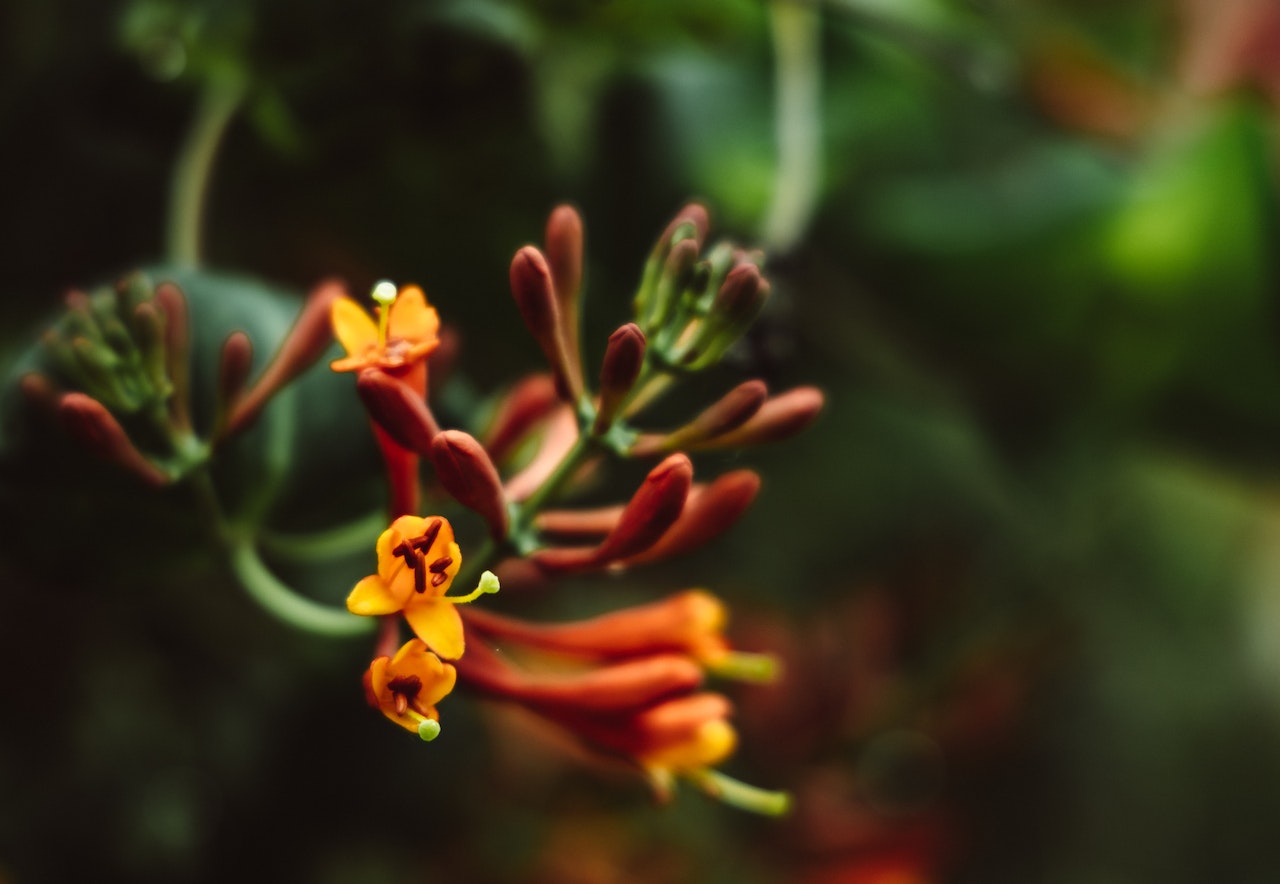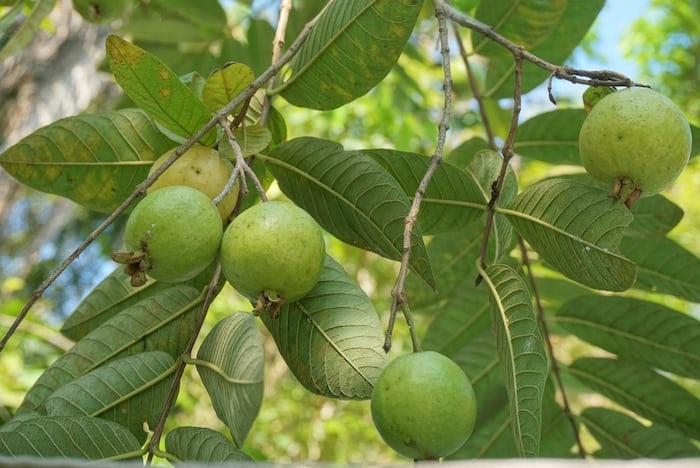
Providing treats to horses is a great way of showing affection while providing them with additional vitamins and minerals that may be missing from their regular feed. However, it's important to remember to research what is safe and nutritious for horses before selecting any treats. Vegetables like carrots, cabbage, and turnips are good options as they contain vitamins and minerals, yet are low in sugar.
Horses can derive many health benefits from eating lettuce. It is a great source of fibre, vitamins A and K, and a variety of other minerals. It is also low in calories, which makes it a great addition to a horse's diet if they need to watch their weight. However, when feeding horses lettuce, it is important to be mindful of potential digestive issues that may arise from consuming too much.
It is recommended that lettuce be steamed or boiled before feeding, as this will make it easier for the horse to digest. By providing horses with a diet that includes lettuce, owners can help ensure the horse has the best chance of staying healthy and strong.
Can Horses Eat Lettuce?
Of course, horses can eat lettuce. Lettuce provides plenty of vitamins and minerals that are beneficial to a horse's diet. It is a good source of fibre, vitamins A and K, and a variety of other minerals. It has a low-calorie content, which means it is great for horses that need to maintain their weight. However, it should be given in moderation, as too much lettuce can cause digestive issues.

Lettuce
Lettuce is a leafy green vegetable, belonging to the Asteraceae family. It is thought to be native to the Mediterranean region, although it has been cultivated and eaten worldwide for centuries. Lettuce is available in a range of varieties, from the traditional head lettuce to loose-leaf, romaine, and even iceberg. The leaves of lettuce can vary in shape and colour and can range from light to dark green, red, or even purple.
Lettuce is a great source of dietary fibre, vitamins A and K, as well as several other minerals. Its low-calorie content makes it an ideal snack for horses looking to maintain their weight. In addition, lettuces contain antioxidants which can help to protect against cell damage. When feeding horse lettuce, it should be boiled or steamed as raw lettuce can cause gas and digestive issues. It should also be given in moderation as eating too much lettuce can cause digestive issues in horses.
Nutritional Benefits of Feeding Lettuce to Horses
It is high in dietary fibre
Dietary fibre is a type of carbohydrate that is not broken down in the body but instead passes through the digestive system to be expelled as waste. High-fibre diets are beneficial to horses because they help to support the digestive system, promote healthy bacteria in the gut, and slow the absorption of sugars and starches. In addition, fibre helps to stimulate saliva production and can help to keep horses hydrated.
It is rich in vitamins A and K
Vitamins A and K are essential nutrients that horses need for healthy vision, bone health, and tissue regeneration. Vitamin A helps to support immunity, vision, and reproduction, while vitamin K is important for proper blood clotting and bone growth. Lettuce is a great source of these two vitamins, which helps to ensure that horses get the nutrients they need.
It contains beneficial antioxidants
Antioxidants are compounds that can help to protect cells against damage caused by free radicals. Lettuce is a great source of antioxidants, which helps to fight against cell damage and oxidative stress. These antioxidants also help to reduce inflammation, boost the immune system, and protect against disease.
Low calorie content
lettuce has a low-calorie content which makes it an ideal snack for horses looking to maintain their weight. Eating too much lettuce can cause digestive issues in horses, so it's important to only offer the recommended amount of lettuce each day.
It is rich in minerals
Lettuce is a great source of minerals. It is rich in calcium, magnesium, phosphorus, and sodium which can help with muscle and nerve health. Calcium is important for bone health, and magnesium helps with muscle contractions, nerve transmission, and energy metabolism. Phosphorus supports cell growth and helps with digestion, while sodium maintains fluid balance in the body and regulates blood pressure. Zinc plays a role in immune function, iron helps to transport oxygen in the red blood cells, and copper assists with energy production. The other trace minerals found in lettuce are manganese, selenium, and chromium, which all support different functions within the body.

How to Feed Lettuce to Horses
When feeding horse lettuce, it should always be given cooked or steamed as eating raw lettuce can cause gas and digestive issues. It is best to give small amounts at a time and feed it in combination with other foods as part of a balanced diet. Make sure to monitor your horse for any digestive issues that may arise after eating lettuce, and adjust the amount given as needed.
It is best to start by giving small amounts of lettuce, and gradually increase the amount if your horse is tolerating it well. When feeding lettuce, make sure to cut it into small pieces so it is easier for your horse to chew and digest. Lettuce should be given at least once a day, but it can be fed up to three times a day if your horse is tolerating it well. When combining lettuce with other foods, always make sure to feed in moderation and adjust the amounts according to your horse's individual needs.
Potential Risks of Feeding Lettuce to Horses
There are potential risks with feeding lettuce to horses. Eating too much lettuce can cause digestive issues and gas in horses, as it is high in fibre and difficult to digest. Additionally, uncooked lettuce can carry bacteria that can cause digestive problems in horses. Therefore, it is important to monitor your horse for any digestive issues that may arise after eating lettuce and adjust the amount given as needed.
Potential digestive issues associated with feeding lettuce to horses include gas, colic, diarrhoea, and bloating. If a horse is given too much lettuce, it can cause an imbalance in the gut flora, leading to digestive problems. It is also important to ensure that lettuce is cooked or steamed before being given to a horse, as uncooked lettuce can carry bacteria that can cause digestive issues.
Concluding Words
Lettuce is a beneficial addition to a horse's diet due to its nutritional benefits and low-calorie content. However, caution should be taken when feeding lettuce to horses, as too much could lead to digestive issues. It should always be steamed or boiled before being served, to make it easier for the horse to digest.



